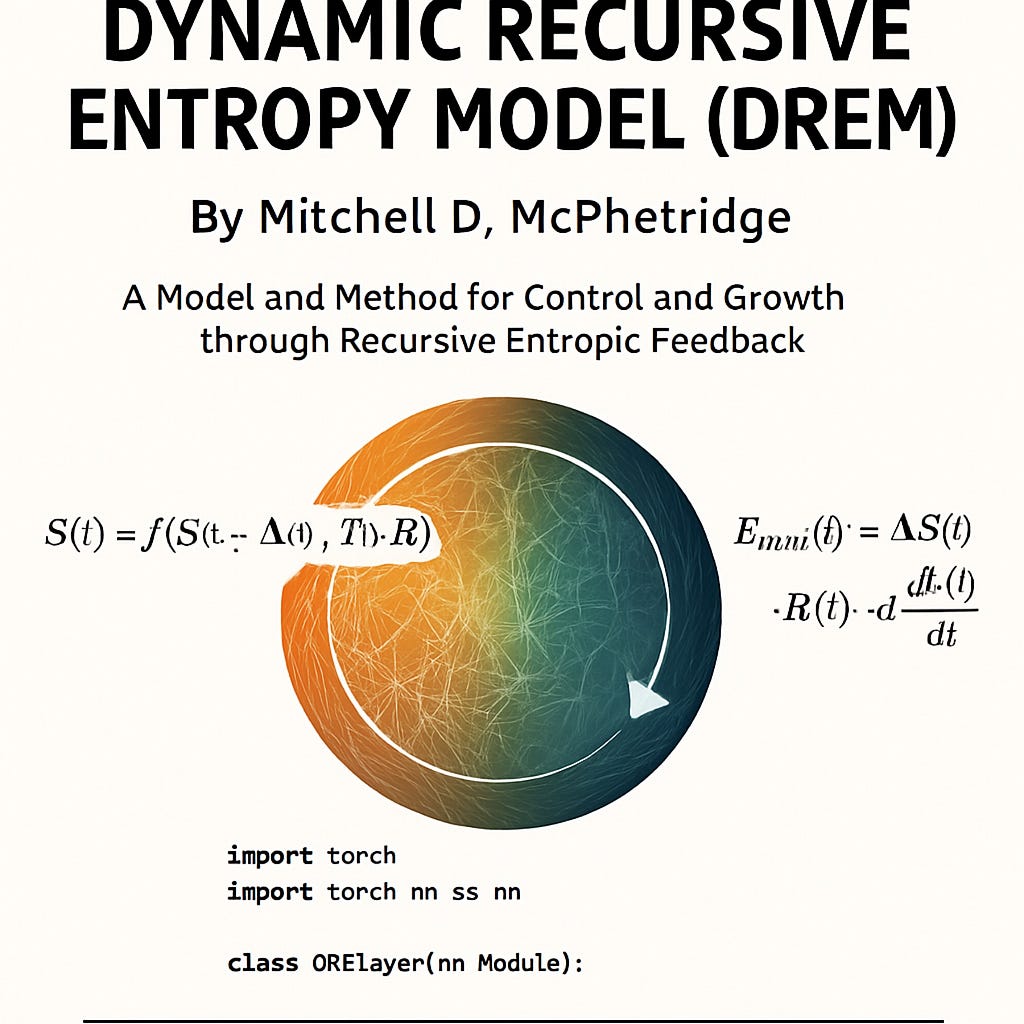Medium
2M
101

Image Credit: Medium
Dynamic Recursive Entropy Model (DREM) with math and PyTorch
- Dynamic Recursive Entropy Model (DREM) redefines entropy as a recursive input-output function within adaptive systems, supporting structural evolution and complexity generation.
- DREM extends the Fractal Flux framework by integrating entropy as a driver of recursive systemic evolution, emphasizing self-similarity and adaptivity across dimensions.
- Entropy in DREM is modeled recursively, with entropy feedback contributing to useful variance, order emergence, and controlled system adaptation.
- Applications of DREM include utilizing entropy noise in machine learning, AI creativity engines, physics simulations, and multiversal models as an active system component.
- A mathematical signature of DREM introduces a momentum-like formulation for recursive entropy injection in response to system structure and feedback dynamics.
- A PyTorch implementation prototype of DREM demonstrates recursive entropy injection in a module, emphasizing dynamic learnable scaling and recursive feedback mechanisms.
- Future research in DREM includes exploring DRE Autoencoders, entropy-based curriculum learning, dimensional perturbation models, and fractal memory architectures for enhanced recursive learning.
- Dynamic Recursive Entropy complements the Dynamic Entropy Model (DEM) by incorporating recursive feedback mechanisms, enabling long-range systemic learning and evolution within systems.
- Practical implications of integrating DEM and DREM span adaptive learning systems in machine learning, complex system modeling in biology, and the developmental needs of Artificial General Intelligence (AGI) systems.
Read Full Article
6 Likes
For uninterrupted reading, download the app